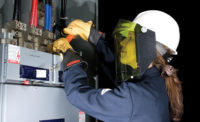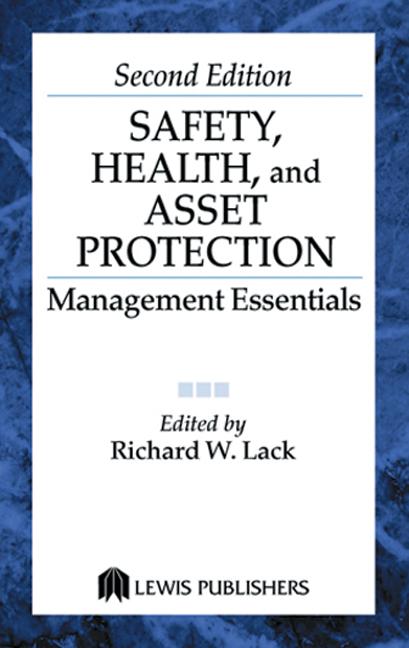I probably don’t have to tell you that the Hazard Communication Standard (HCS) is one of OSHA’s most frequently cited violations. And, if you’ve been phasing in implementation, you know that June 1st was a critical compliance deadline for employers to:
- Update alternative workplace labeling.
- Update hazard communication programs as necessary.
- Provide additional employee training for newly identified physical or health hazards.
It is fitting that the last point relates to employee training, because, under the standard, employee training is intended to reflect your organizational progress toward HCS compliance. There’s a lot of work to be done before training can be conducted with any accuracy.
Some organizations raced to reach the June 1st compliance deadline and others, surely, continue lagging behind. Any way you slice it, this major change to OSHA’s HAZCOM (HCS) standard continues to keep EH&S professionals busy across the country. Even given the phased approach to rule implementation—a change years in the making, over multiple compliance deadlines—a massive amount of work was placed at the feet of employers.
The journey to compliance is a winding road and remains a lot to keep up with, particularly in relation to education and training. That’s the final piece many employers are working to reconcile.
As far as what’s required for training, let’s revisit the standard:
1910.1200(h)(1)
Employers shall provide employees with effective information and training on hazardous chemicals in their work area at the time of their initial assignment, and whenever a new chemical hazard the employees have not previously been trained about is introduced into their work area. Information and training may be designed to cover categories of hazards (e.g., flammability, carcinogenicity) or specific chemicals. Chemical-specific information must always be available through labels and safety data sheets.
Perhaps the biggest changes for employers involve alignment of current HAZCOM (HCS) training activities with recent changes to written hazard communication programs, and continuing educating on new labeling systems and Safety Data Sheets (SDSs).
The best way to get handle on this today is to have a regular protocol for hazard assessment, an ongoing process of evaluating working environments for changes that must be recognized in written safety programs. Because new hazards are potentially introduced when:
- New chemicals are introduced
- Operational procedures change (handling)
- New equipment is introduced
- Equipment is updated
- New engineered controls are established
- Facilities are altered
This is why having an agile training program for HAZCOM (HCS) is critical—your training must evolve alongside your organization, and, day-to-day, there’s a lot of considerations to take into account.
Here are the remaining provisions of the standard relating to training:
1910.1200(h)(3): Training
Employee training shall include at least:
- Methods and observations that may be used to detect the presence or release of a hazardous chemical in the work area (such as monitoring conducted by the employer, continuous monitoring devices, visual appearance or odor of hazardous chemicals when being released, etc.);
- The physical, health, simple asphyxiation, combustible dust, and pyrophoric gas hazards, as well as hazards not otherwise classified, of the chemicals in the work area;
- The measures employees can take to protect themselves from these hazards, including specific procedures the employer has implemented to protect employees from exposure to hazardous chemicals, such as appropriate work practices, emergency procedures, and personal protective equipment to be used; and,
- The details of the hazard communication program developed by the employer, including an explanation of the labels received on shipped containers and the workplace labeling system used by their employer; the safety data sheet, including the order of information and how employees can obtain and use the appropriate hazard information.
The burden on employers is to not simply to stay on top of changes to working environments but to conduct regular training activity. If employees are assigned to respond to accidents and spills, it is especially important that these workers are trained in related responsibilities and properly equipped; HCS relates to serious physical hazards, each with the potential for injury & illness.
And if your organization is lagging, you may do well to remind your people that HAZCOM (HCS) is the 2nd most frequently cited OSHA standard and that, after June 1st, there is an emphasis on compliance.








